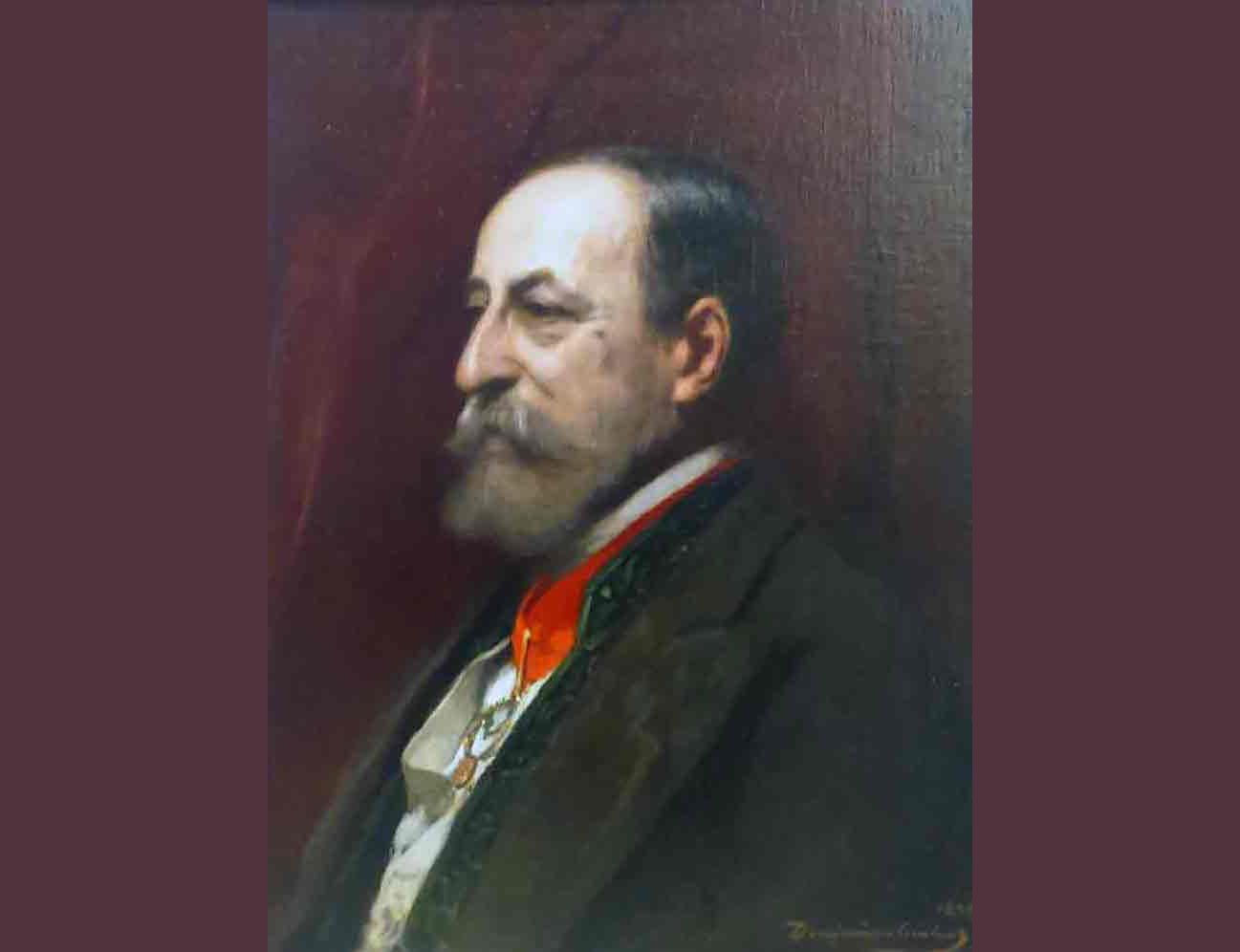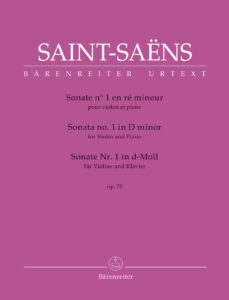French Art Nouveau
The two violin sonatas by Camille Saint-Saëns, together with those by Franck and Fauré, are among the most important of the second half of the 19th century.

The late violin sonatas by Camille Saint-Saëns entered the repertoire of the best musicians soon after they were written. The first, written in 1895 and premiered by the composer with the violinist Otto Peiniger in England in the same year, is extraordinarily virtuosic. It was obviously created for the concert hall, has many a dreamy moment and is light-footed with its four varied movements.
The second sonata, written in 1896 during a long journey in Egypt, is more profound and is suitable as chamber music. Saint-Saëns premiered it together with his friend Pablo de Sarasate on the occasion of his fiftieth stage anniversary in the Salle Pleyel. (He had first performed there as a 10-year-old in 1846).
Both sonatas are still based on the traditional four-movement form, and the classical scheme can also be clearly heard within the movements, although here it is imaginatively expanded. Harmonically, the bold modulations are striking, which manifest themselves in the music with many accidental changes. Rhythmically, Saint-Saëns likes to draw inspiration from ancient speech meters, and the dialogues between the two parts are alternately singing and sparkling.
Here is a brief description of the second sonata: the dotted male main theme is followed by an undulating female counter-theme and a sighing, then rebellious final theme. In the short development section, Saint-Saëns interweaves the three and virtuosically builds them up to a climax from which the recapitulation thunders, its new surprises leading to a brilliant coda. The witty syncopated Scherzo has a calm Bachian fugato trio. The three-part Andante with its stretched mystical song, which is accompanied by fine melismatic accompaniment, is loosened up with a 3/8 allegretto middle section. A graceful rondo finale begins harmlessly, builds up to ascending bird calls, which bring the sonata to a cheerful close, and recalls a motif from the first movement in the middle section.
The large set of notes is completely unencumbered by editorial additions and is easy to turn over. The editors' prefaces (French, English, German), from which I have drawn the information, are valuable in that they quote many letters from Saint-Saëns, which also contain tips for the performers.
Camille Saint-Saëns: Sonata No. 1 for violin and piano in D minor op. 75, edited by Fabien Guilloux and François de Médicis, BA 10957, € 31.95, Bärenreiter, Kassel
Id.: Sonata No. 2 in E flat major op. 102, BA 10958, € 28.95







